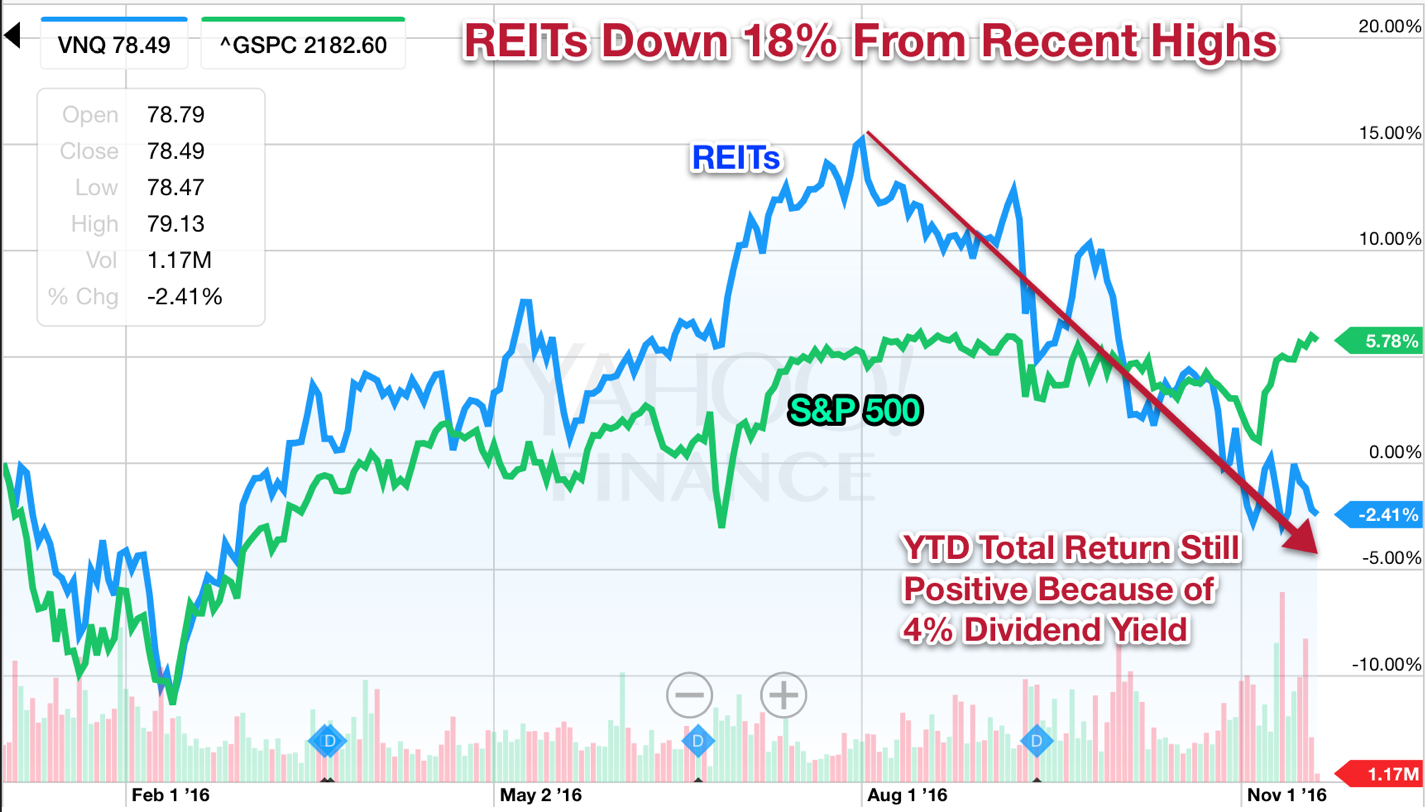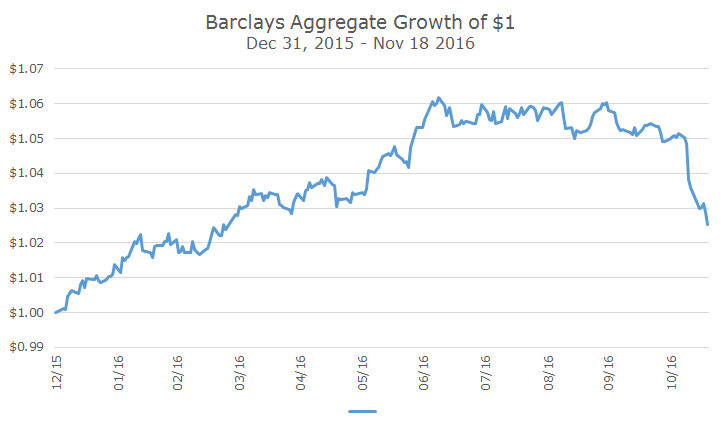It looks like you're new here. If you want to get involved, click one of these buttons!
Could not agree more. A marketeer in a class of his own. I think he is up to 15 or 16 books now.Speaking of the pathetic state of journalism, you might think about (but largely avoid reading) the current U.S. News article, "This book obliterates active management." The book is another of Larry Swedroe's shots at active management; smart guy, he's probably 99% right.
My beef? The article is written by a member of Swedroe's staff: "[t]he book was written by my colleague Larry Swedroe." The author is "director of investor advocacy for the BAM ALLIANCE and a wealth advisor for Buckingham." Which is to say, he's a marketer. He "travels the country educating advisors and clients alike about changing their lives for the better." Swedroe, on the other hand, is one of the firm's principals, a board member and member of the executive team.
Why isn't this "article" presented as what it is: an ad for Swedroe's 13th book (what is it that he hadn't covered in the prior 12 that required an entire new book?) by a guy with a vested interest in it.
David



Where from there - you will have to watch the variables.
What do you anticipate from there? How much higher can the rates go in 2017? What do you see as the "normalized" rate or "leveling" off rate?
© 2015 Mutual Fund Observer. All rights reserved.
© 2015 Mutual Fund Observer. All rights reserved. Powered by Vanilla